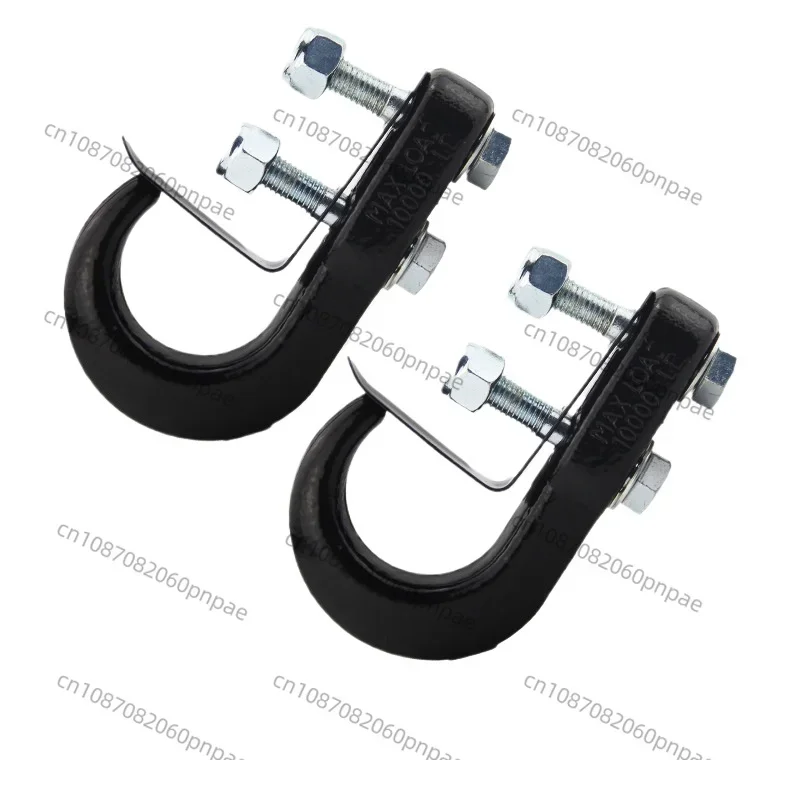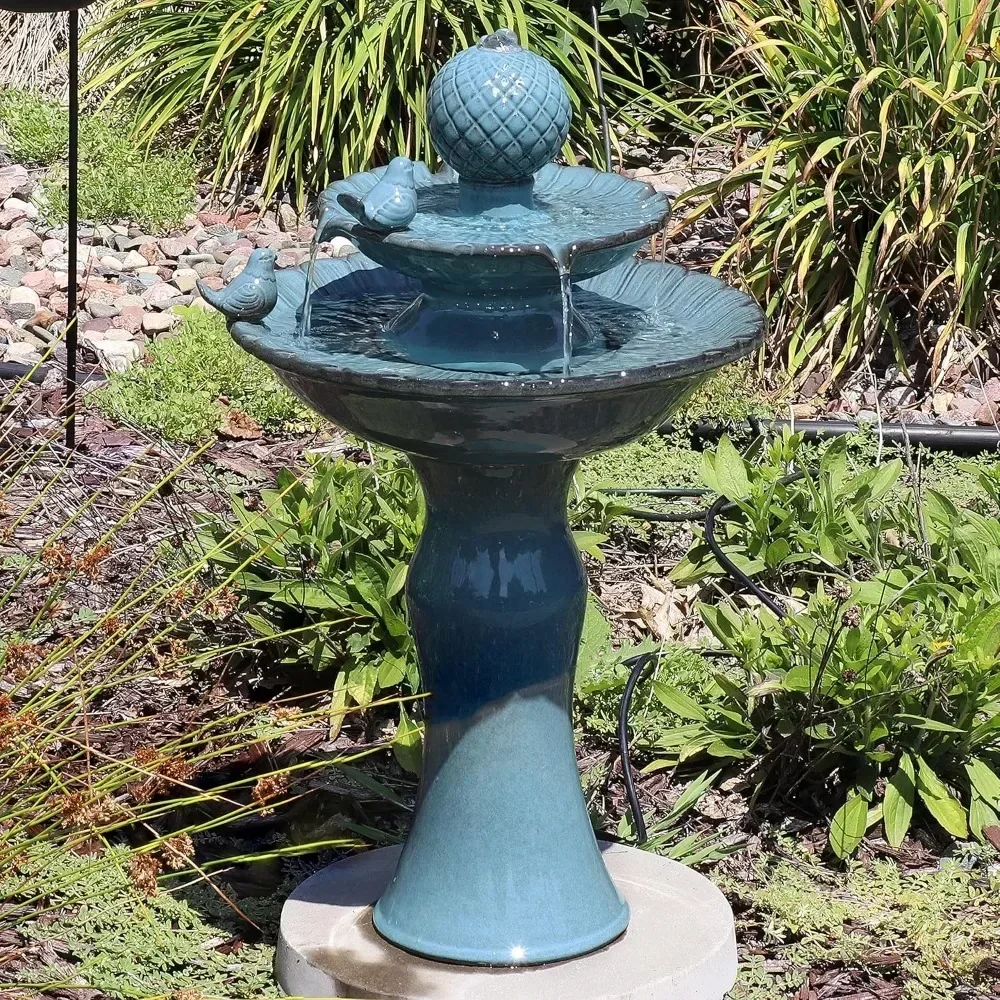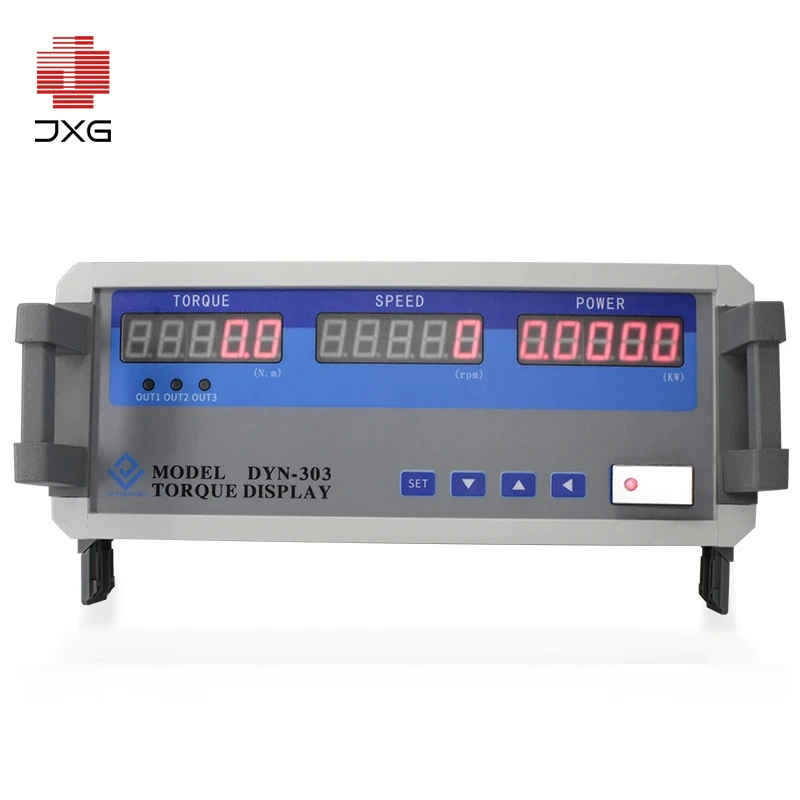
Used XPSATE5110 PNOZ (safety relays)
Price: USD 265.31 - USD 267.99Category: Electrical Equipment & Supplies
Shop now and enjoy exclusive discounts! Used XPSATE5110 PNOZ (safety relays). Experience the quality Electrical Equipment & Supplies!

50pcs Forged Trailer Hook Off-Road Car Retrofit Parts Traction Hook Trailer Parts Hook
Price: USD 214.11 - USD 267.64Category: Home Textile
Shop now and enjoy exclusive discounts! 50pcs Forged Trailer Hook Off-Road Car Retrofit Parts Traction Hook Trailer Parts Hook. Experience the quality Home Textile!

Resting Birds 27-Inch Ceramic Outdoor Water Fountain - 2 Tiers - Electric Submersible Pump with Adjustable Flow
Price: USD 128.53 - USD 267.77Category: Garden Supplies
Shop now and enjoy exclusive discounts! Resting Birds 27-Inch Ceramic Outdoor Water Fountain - 2 Tiers - Electric Submersible Pump with Adjustable Flow. Experience the quality Garden Supplies!

RS485 Load Cell Display And Amplifier for Assembly Automation Industrial Digital Indicator Tare Function Zero Adjustment
Price: USD 263.34 - USD 266.00Category: Active Components
Shop now and enjoy exclusive discounts! RS485 Load Cell Display And Amplifier for Assembly Automation Industrial Digital Indicator Tare Function Zero Adjustment. Experience the quality Active Components!

KP740 Cordless Microphone Professional Uhf Wireless Microphone Professional Conference Microphone
Price: USD 250.89 - USD 266.90Category: Portable Audio & Video
Shop now and enjoy exclusive discounts! KP740 Cordless Microphone Professional Uhf Wireless Microphone Professional Conference Microphone. Experience the quality Portable Audio & Video!

B-M-W X3 X5 X6 27107566296 Transfer case servomotor
Price: USD 246.69 - USD 268.14Category: Exterior Accessories
Shop now and enjoy exclusive discounts! B-M-W X3 X5 X6 27107566296 Transfer case servomotor. Experience the quality Exterior Accessories!

18V 60W Foldable Solar Panel Portable Solar Charger DC Output PD Type-c QC3.0 USB For Phones Tablet Camping RV Trip
Price: USD 77.34 - USD 266.68Category: Electrical Equipment & Supplies
Shop now and enjoy exclusive discounts! 18V 60W Foldable Solar Panel Portable Solar Charger DC Output PD Type-c QC3.0 USB For Phones Tablet Camping RV Trip. Experience the quality Electrical Equipment & Supplies!

4400mAh Battery 145997-101 for Alaris Medicalsystems 8000 8015 8220 8001 8100 8110 8300 8600 Diversified Medical NAL8100RB
Price: USD 133.74 - USD 267.48Category: Accessories & Parts
Shop now and enjoy exclusive discounts! 4400mAh Battery 145997-101 for Alaris Medicalsystems 8000 8015 8220 8001 8100 8110 8300 8600 Diversified Medical NAL8100RB. Experience the quality Accessories & Parts!
